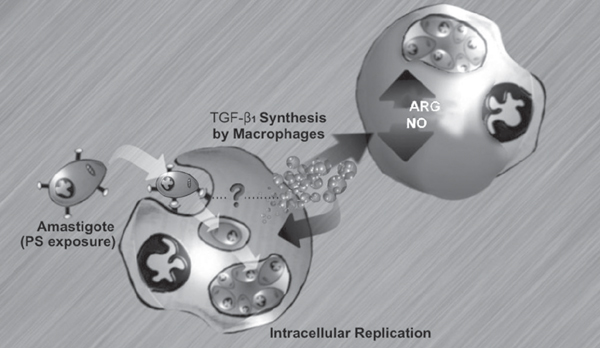Apoptosis is the most common phenotype observed when cells die through programmed cell death. The morphologic and biochemical changes that characterize apoptotic cells depend on the activation of a diverse set of genes. Apoptosis is essential for multicellular organisms since their development and homeostasis are dependent on extensive cell renewal. In fact, there is strong evidence for the correlation between the emergence of multicellular organisms and apoptosis during evolution. On the other hand, no obvious advantages can be envisaged for unicellular organisms to carry the complex machinery required for programmed cell death. However, accumulating evidence shows that free-living and parasitic protozoa as well as yeasts display apoptotic markers. This phenomenon has been related to altruistic behavior, when a subpopulation of protozoa or yeasts dies by apoptosis, with clear benefits for the entire population. Recently, phosphatidylserine (PS) exposure and its recognition by a specific receptor (PSR) were implicated in the infectivity of amastigote forms of Leishmania, an obligatory vertebrate intramacrophagic parasite, showing for the first time that unicellular organisms use apoptotic features for the establishment and/or maintenance of infection. Here we focus on PS exposure in the outer leaflet of the plasma membrane - an early hallmark of apoptosis - and how it modulates the inflammatory activity of phagocytic cells. We also discuss the possible mechanisms by which PS exposure can define Leishmania survival inside host cells and the evolutionary implications of apoptosis at the unicellular level.
Apoptosis; Phosphatidylserine; Leishmania; Phagocyte


